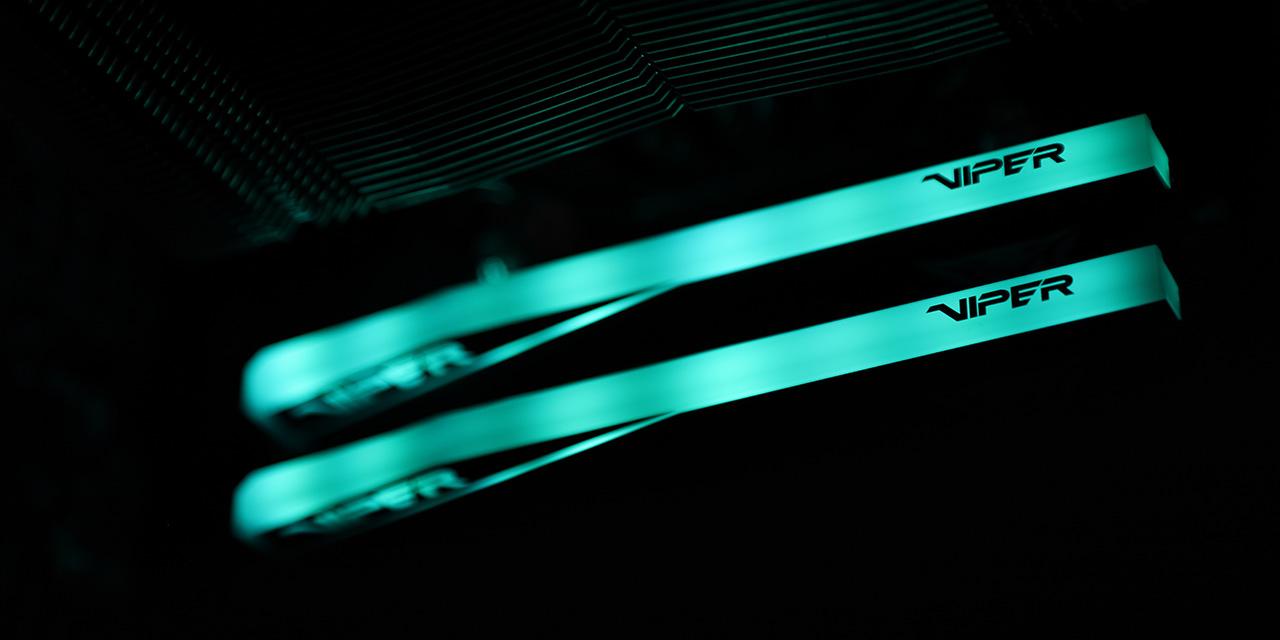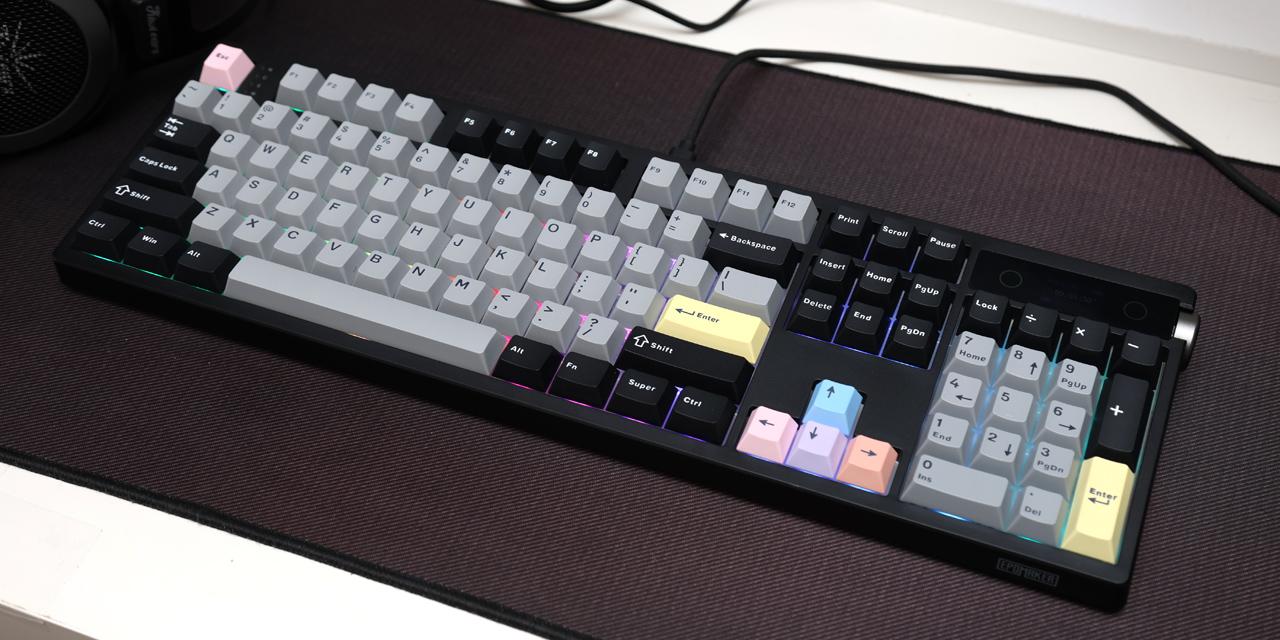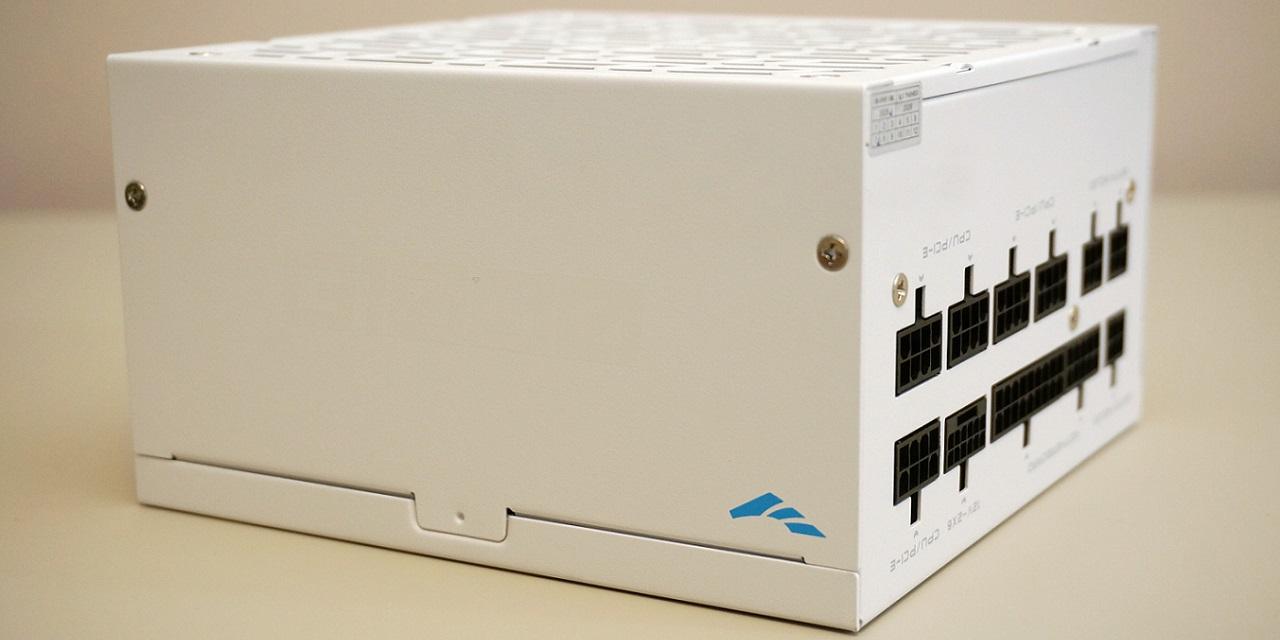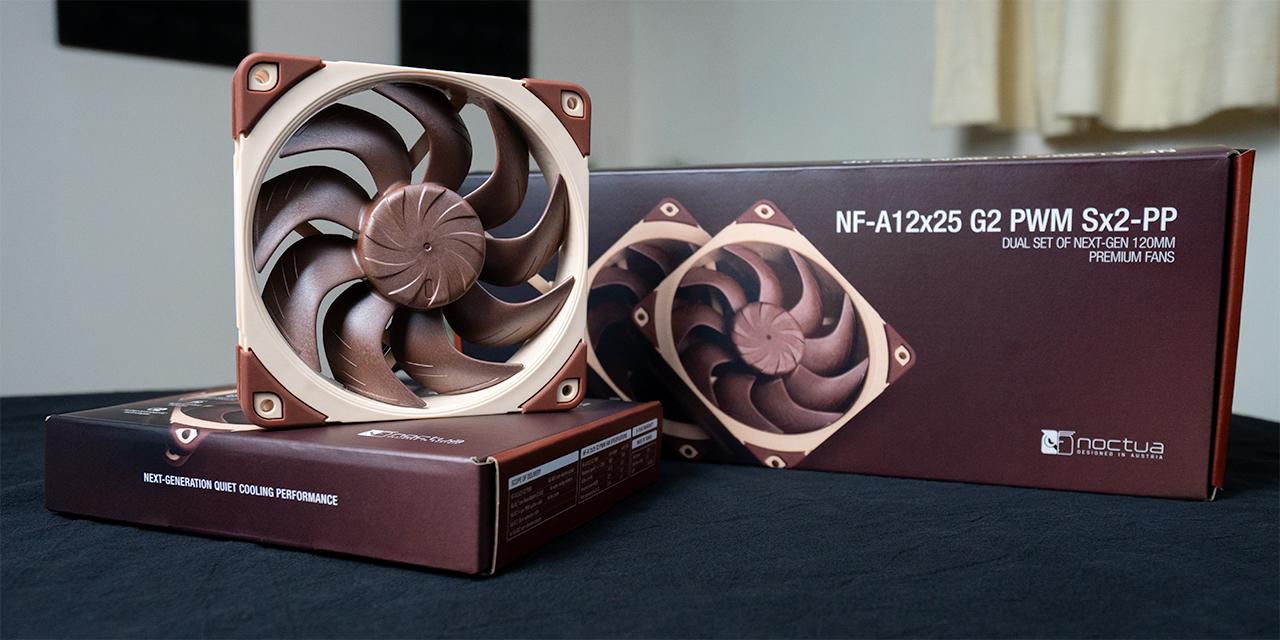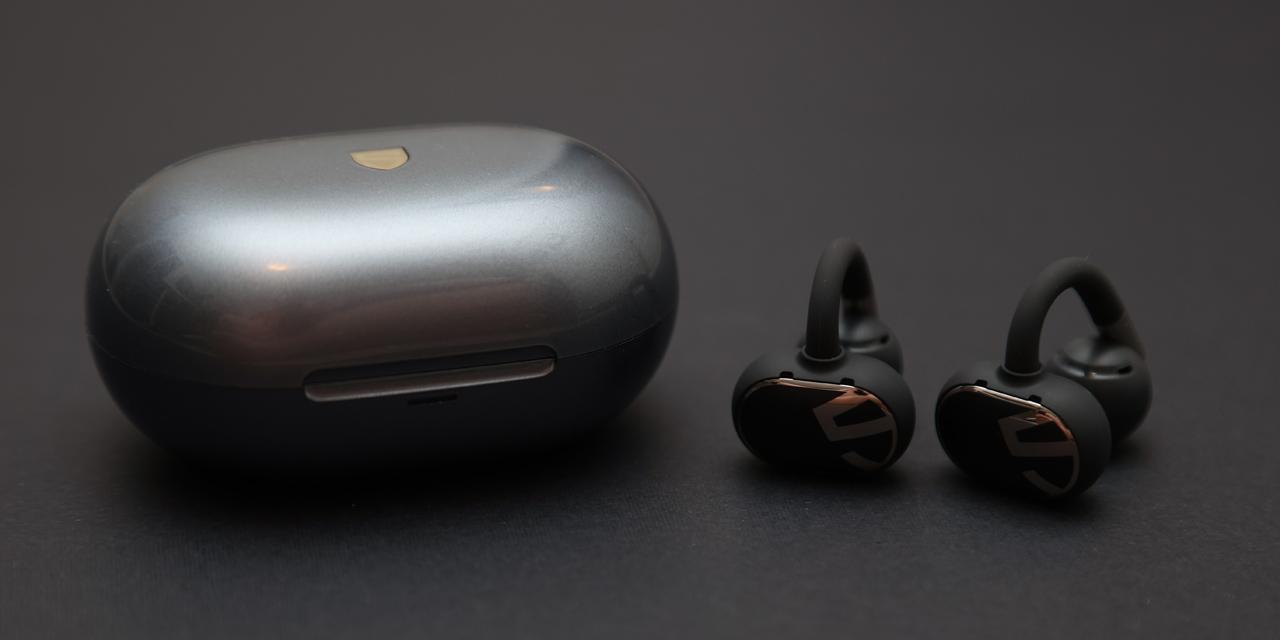Page 3 - A Closer Look - Disassembly and Internals

To disassemble the Epomaker HE75 Mag, you will need to use a bit more force than I would like. Unfortunately, there are no obvious screws to start with, and it seems like the outer frame is held in place with plastic clips. As such, I did not take apart the keyboard to avoid accidentally breaking the clips. Even so, we can still look at the components that make up the Epomaker HE75 Mag. First, we can inspect the keycaps. These are PBT or polybutylene terephthalate plastic with a double-shot injection. I like PBT as a material choice, as it is more durable and does not shine or fade over time compared to other commonly used plastics like ABS. The thicker wall also adds to a deeper sound when used. The legends are inserted with a second layer of plastic, which is why it is called double shot. As such, the legends will not fade or wear over time, but it is a costly option for making keycaps. The choice of font is clear and legible with OEM-like writing. The keycaps use standard MX stems with an OEM profile.

The longer keys of the Epomaker HE75 Mag, like the space bar and Enter, have Cherry stabilizers on each side to ensure an even actuation and to prevent wobbling. These are factory lubricated as have a smooth travel without rattling or squeaking when pressed. The stabilizers are plate-mounted rather than screwed into the PCB, and the PCB does not support screw-in stabilizers. Plate-mounting is usually a cheaper alternative, and they can result in a bit more rattling. Thankfully, this is not the case on the HE75 Mag. The plate is aluminum and does not flex under pressure. This also affects how each keystroke sound.
In between the magnetic key switch and the stabilizers, Epomaker has filled this area with a bit of rubber to prevent a hollow sound. There are foam layers between the plate and the PCB to help with dampening the sound and making it more satisfying to the press. While we were unable to take apart the Epomaker HE75 Mag, it is clear there are at least a couple layers of dampening inside, which is why the audible feedback is muted and absorbs most of the noise. The entire keyboard is mounted in place with a gasket-mount, which should help with reducing resonance. At the bottom, Epomaker also says there is a silicone pad to further reduce hollowness and vibrations.

One of the primary selling points of the Epomaker HE75 Mag is its switch technology. Mechanical switches consist of a housing base, stem, and spring, offering varying levels of tactile and audible feedback. However, you already know the HE75 Mag does not use typical mechanical switches, but rather Hall effect magnetic switches. In addition to the previously mentioned parts, each stem has a small magnet at the bottom, and this is detected up by the Hall effect sensor on the PCB. More specifically, these are Gateron KS-20 Magnetic White switches. They have an initial actuation force of 30g if you set them to the minimum actuation distance. These linear switches have a total travel distance of 4.1mm and an expected lifespan of one hundred million keystrokes.
The Gateron KS-20 Magnetic White switches have clear polycarbonate top-housing with an empty hole on the south side to allow south-facing LED lights to shine through. The white polyoxymethylene, or POM, stem features a Cherry-style stem to make it compatible with all keycaps using the same stem. The off-white base is nylon and provides structural support. Inside, the 15mm spring ensures consistent actuation. The switch has minimal lateral movement, which is a positive sign for stability. These switches can be hot swapped, but you can only use south-facing Hall effect switches with the Epomaker HE75 Mag.
Page Index
1. Introduction, Packaging, Specifications
2. A Closer Look - Hardware and Software
3. A Closer Look - Disassembly and Internals
4. Conclusion
